Direct Fit Standard Catalysts and Front/Connecting Pipes
← For individual product information and to order use the search function…
Original manufacturer catalytic converters are traditionally an expensive part to replace. Fortunately, Jetex can offer an alternative to the OE replacement at a more competitive price point, sourced from the UK’s largest supplier of catalysts. Jetex can also offer a large range of front/connecting pipes. Availability and product range is second to none. These parts are OEM spec and so diameters and pipework are almost identical to the OEM.
Front Pipes and Connecting Pipes:
Not all exhausts have catalysts as part of the front pipe. Therefore front pipes can be bought as separate parts. In these cases, the catalyst connects as a separate unit after the front pipe. Also, many cars have pipework between the catalyst and the rest of the exhaust system. These parts are usually lower in cost, but they are critical parts on any exhaust system. Examples are shown below. To see if front/connecting pipe is available for your vehicle, please use the search dropdown at the top left of the page.
Petrol/Diesel Converters:
A Catalyst is made up of the following components:
-
- A ceramic monolith with a honeycomb structure that allows free air flow and maximum surface area. This matrix is coated with precious metals to enable the conversion of gasses that pass through it.
- Interam matting that holds the monolith in place. The matting expands when exposed to heat in order to supply enough pressure to keep the monolith secure.
- A grade 409 stainless steel can (or housing) that provides protection and enables the catalyst to be built into an exhaust system.
A Catalytic Converter is a “flow-through” device and works by converting the harmful exhaust emissions into less harmful ones when the gasses pass through it.


Diesel Particulate Filters (DPFs):
These parts are specifically designed for diesel engines to trap harmful particulates.
DPFs are normally made from two different materials;
Cordierite is most commonly used and is found in our standard range of DPFs. It is a ceramic material with excellent filtration efficiency and thermal properties. The only drawback of cordierite is its relatively low melting point of 1200°C, and they have occasionally been known to melt during regeneration if the filter is extremely blocked – although these instances are very rare. Cordierite DPFs are commonly used in the aftermarket and in additive systems in conjunction with diesel oxidisation catalysts.
Silicon Carbide (SiC) is found in our Premium range of DPFs and is a compound of silicon and carbon. It has a melting point of 2700°C so is extremely unlikely to melt during regeneration. It has to be made from small segments fixed together with special cement to enable it to cope with heat expansion. They also boast 99% filtration efficiency. They are commonly used in O.E and catalysing DPFs.
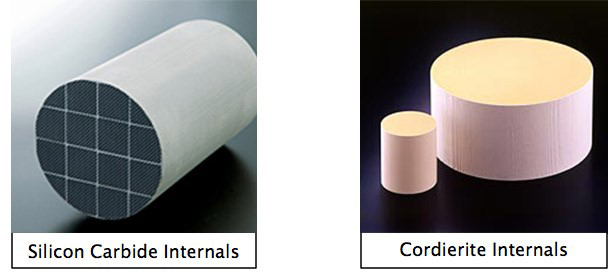
A DPF is NOT a “flow-through” device like normal petrol catalysts where the gases flow through an open channel matrix from inlet to outlet. In the case of a DPF, the channels of the filter are blocked at alternate ends, forcing the gases to flow through the cell walls in order to exit the filter. As the cell walls are porous, the clean gases can pass through, but the holes are not large enough to let particulate matter pass through. Instead this is deposited on the cell walls and trapped in the filter.
Of course, over time, the DPF will reach it’s operating capacity as the particulates accumulate. The Engine Management System (ECU) constantly monitors the filter and will carry out a regeneration to stop it blocking.
Regeneration
As a DPF is a “soot trap” and has to be able to clean itself to prevent it becoming blocked and affecting the running of the vehicle. This process is known as regeneration. There are three different types of regeneration:
Passive Regeneration occurs during normal driving conditions when the DPF becomes hot enough to burn off some of the trapped particulates naturally at 550°C.
Active Regeneration is an ECU led process. When the level of soot in the filter reaches around 45%, the ECU will make small adjustments to the fuel injection timing and increases the exhaust gas temperature. The optimum temperature required for particle combustion is 600°C. Active regeneration normally occurs around every 450 miles, but it does depend on how the vehicle is driven. Vehicles that are primarily driven on short urban journeys will regenerate more often than those primarily driven on motorways. This is due to a greater build-up of particles at lower speeds. The regeneration cycle will generally be triggered by the back pressure. Failing this, mileage is used as a backup.
During active regeneration it is common to see smoke being emitted from the exhaust as the particulates are burned off. The fuel economy of the vehicle will also decrease during an active regeneration phase.
Forced Regeneration is carried out by garages with Diagnostic equipment.
Different DPF Technologies
Whilst all DPFs work in the same way car manufacturers use slightly different variations of the technology.
Fuel Additive Systems – theses are used in conjunction with a diesel catalyst. This type of DPF uses a fuel additive in order to aid the regeneration process. The additive enables regeneration to take place at a lower temperature of 400°C in conditions where regeneration would not normally be possible. It is advised that this type of DPF needs to be replaced as a service item at around 75,000 miles. Fuel additive systems are favoured by French manufacturers, such as Citroen and Peugeot along with Volvo.
Coated DPFs – or a “non-additive” DPF, uses a precious metal coating to aid the regeneration process. The coated DPF catalyses as well as filters, so the vehicle doesn’t necessarily need a separate catalytic converter. The coating of precious metals also lowers the point of “Regeneration” to 400°C. Using this type of system, the DPF can expect to last around 150,000 miles under normal operating conditions. Coated DPFs are favoured by German manufacturers such as BMW, VAG and Mercedes along with Jaguar and Land Rover.
Faults and Maintenance Checks
The DPF is unlikely to be the cause of the vehicle fault. Make sure the fault is rectified before fitting a replacement part. Some common issues;
The DPF light comes back on within a few miles.
-
- Has the ECU been set up properly?
- Are the pressure pipes blocked?
- Have the pressure sensors been checked?
The DPF keeps blocking up.
-
- Is the vehicle getting long enough journeys to regenerate?
- Has the fuel additive tank been filled?
Carrying out the correct diagnostic checks are very important when replacing a DPF to ensure the replacement part works as it should. The following should be checked as routine when replacing a DPF:
-
- DPF Pressure Pipes and Sensors
- Oil Level
- Oil Specification
- Fuel Additive level (where applicable)
- Sensors – check all are operating correctly
- EGR System
- Air flow Meter
- Engine and Turbo Wear
- Injectors
- Glow Plugs
- Air Filter
- ECU Malfunctions
- Front Pipes
- Connecting Pipes
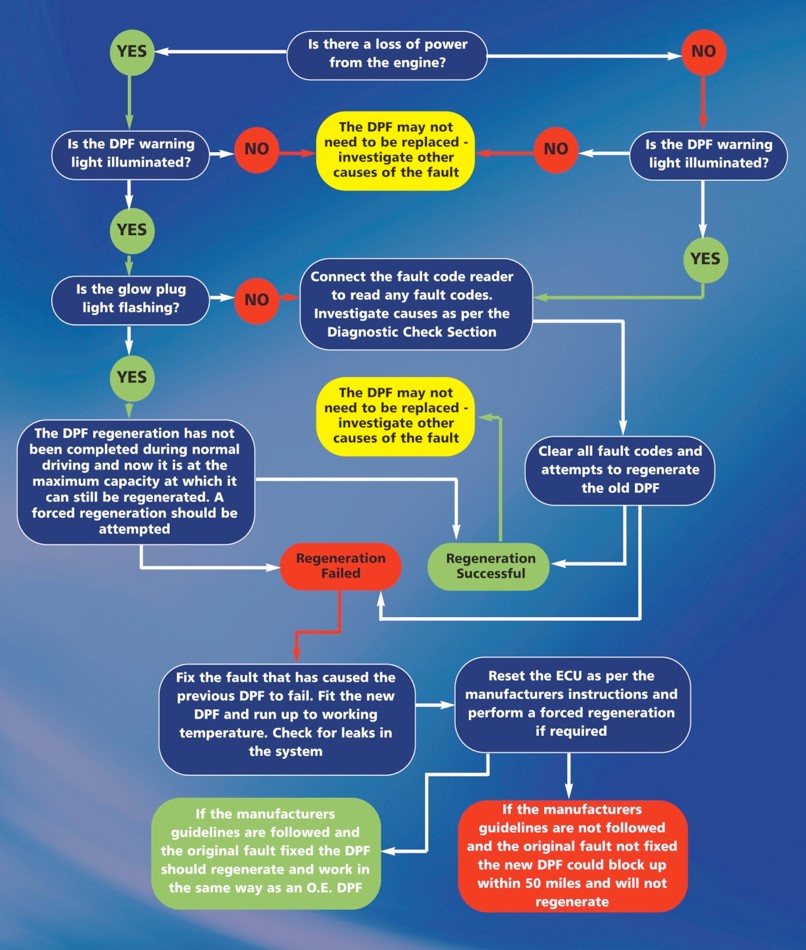






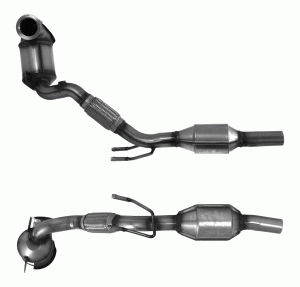
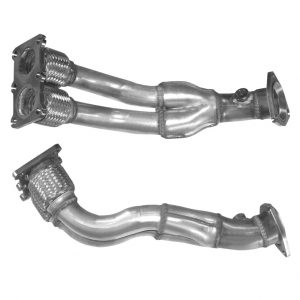
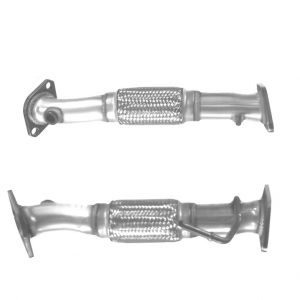


Comments are closed.